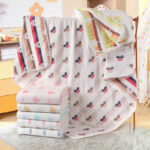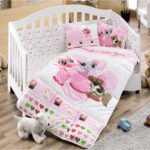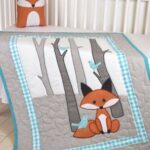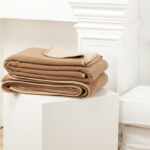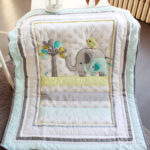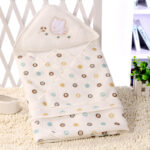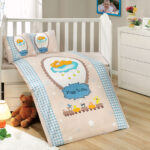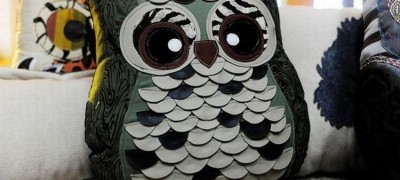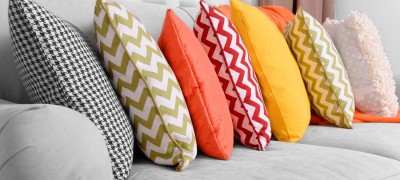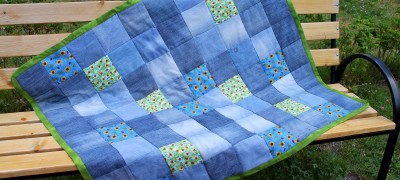Selection and description of a blanket for a newborn
Toddlers spend most of their time sleeping, and healthy sleep largely depends on comfortable and high-quality bedding. Babies lack the function of thermoregulation, which in turn does not allow them to independently balance body temperature. Therefore, it is extremely important to take an individual approach to the choice of bedding sets.

Perhaps one of the most important sleeping items is a blanket. Many different blankets and blankets for children, made from both artificial and natural fabrics, are presented by manufacturers in retail chains. When choosing, the main attention should be paid to compliance with all hygienic standards and requirements, and products must be made of hypoallergenic materials.
Bike blankets or velsoft blankets are considered the most suitable. A blanket for children can be fleece, velor, terry, bamboo, down and even from natural sheep wool.

It is fleece blankets and blankets that have been used and recommended by doctors at maternity hospitals for decades. These products are made of natural cotton fabric, which is delicate, soft and breathable. The blanket perfectly warms the newborn and at the same time prevents overheating.
Velsoft is an artificial fabric with villi, it is incredibly delicate and soft, perfectly breathable. The blanket perfectly warms the baby's delicate body, at the same time he does not sweat.

Fleece and terry blankets have excellent characteristics, but preference should still be given to the previously mentioned ones.
How to choose the right blanket for your baby
To understand which blanket is better to choose for a newborn for discharge or in a crib, you should consider and compare the most popular options, as well as highlight the main selection criteria. If the product has a cover, it must be made of high quality durable and natural fabric: cotton or silk. It is important to check all seams, the filler should not creep out. The material should be soft and not emit unpleasant odors.
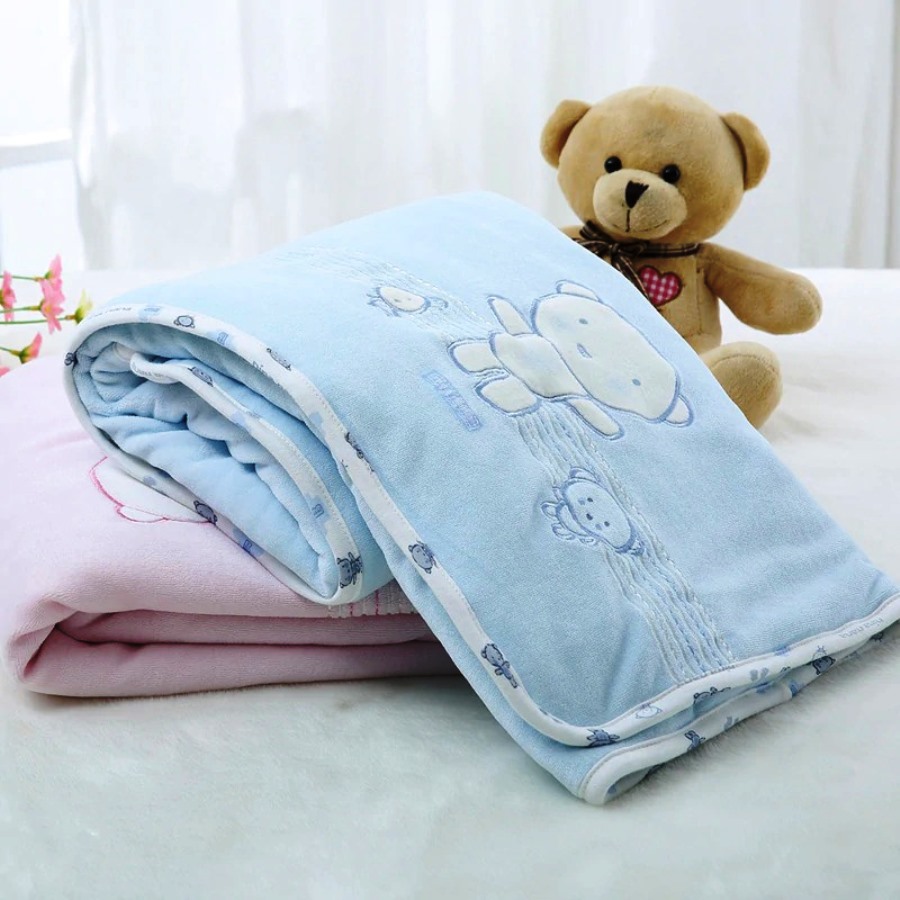
The right blanket or blanket will give your baby coziness and comfort while sleeping. However, for this they must meet some requirements:
- made of hypoallergenic materials;
- easy to wash, dry quickly and have a durable color;
- use only soft, delicate and light fabrics;
- good air flow;
- be distinguished by high hygroscopicity: it is easy to absorb moisture and at the same time remove it into the environment;
- correct selection is important depending on the season or the average temperature and humidity of the room;
- the level of warmth is indicated using dots on the package (from 1 to 5 — the more dots, the warmer);
- sizes should be selected based on the purpose:
- for a crib: 110 x 140 cm or 110 x 135;
- for a stroller: 90 x 90.
For a baby, both hypothermia and overheating are dangerous.Therefore, for the summer period, it is better to select light, delicate and maximally breathable fabrics, and in the cold season, denser and fleecy materials are needed.
On discharge
More often, very comfortable envelope blankets are used to discharge the baby from the hospital. They differ depending on the modification:
- on buttons;
- locked;
- on the buttons.
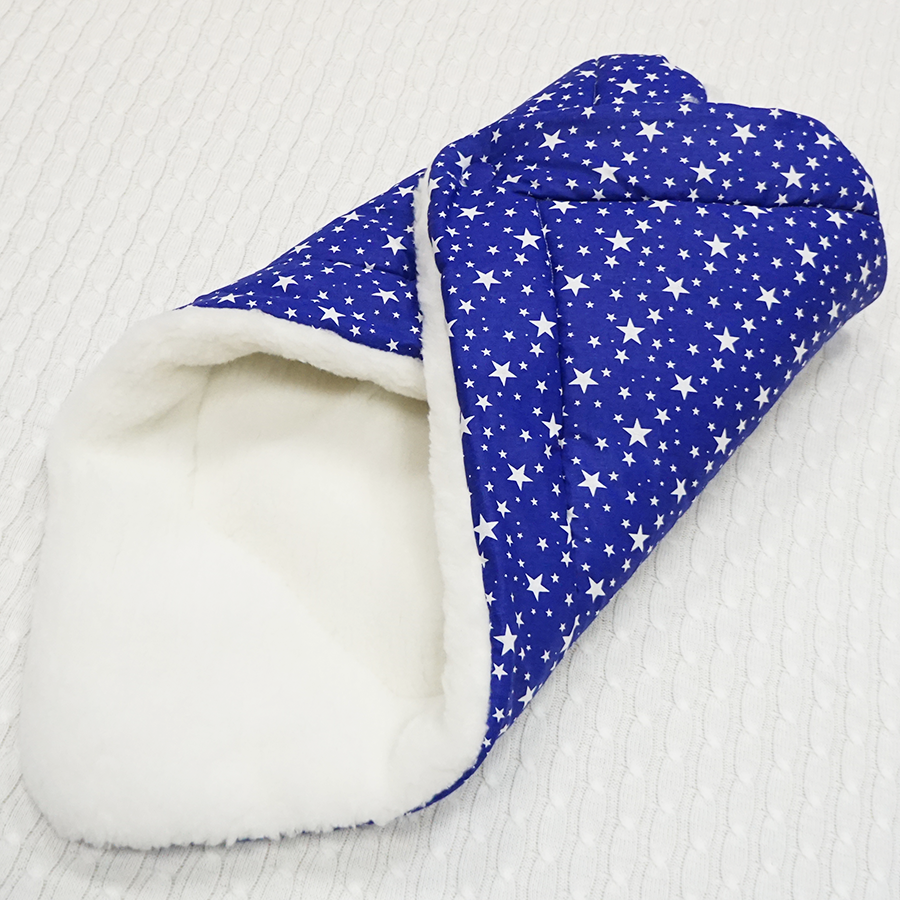
They are made of various materials and can be:
- fur;
- woolen;
- fleece;
- velor;
- jacquard;
- satin;
- silk;
- knitted.
Such an envelope should not only be beautiful, but also convenient, practical, reliable, and also meet all hygienic requirements.
For summer, you can pick up a light envelope decorated with graceful ruffles and luxurious bows. For the winter period, a transforming jumpsuit made of fur or sheep wool is ideal.

Into the crib
A blanket in a crib or a blanket should correspond to the size of the bed. Standard sizes are:
- 100 x 135 cm;
- 110 x 140 cm;
- in a crib-cradle - 90 x 90 cm.
So that the blanket does not slip and the child does not freeze during sleep, they came up with models with clamps:
- on buttons;
- with ties;
- with Velcro;
- on the buttons.

Large blanket edges can be tucked under the mattress.
Does a newborn need to choose a blanket for a crib not only depending on the season? Of course, you should pay no less attention to the temperature and humidity of the room.
Into the stroller
For strollers, you should choose an option depending on the season. For summer, a knitted blanket, fleece or patchwork, will be ideal. Overheating of the baby is not desirable, as is hypothermia. In winter, it is good to use a transforming blanket, it just does an excellent job of protecting the baby from frost and wind.
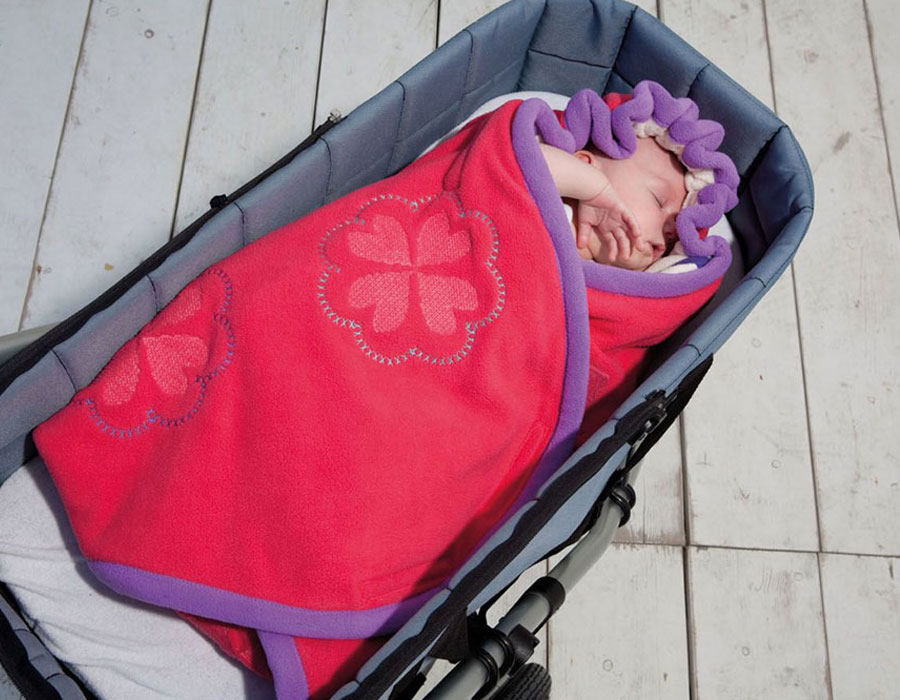
Summer
The best baby blanket for the summer period made of silk, cotton or bamboo. They help to maintain the ideal microclimate in the baby's crib and are very easy to care for. Silk is strong and durable, while bamboo is highly bactericidal and hygienic.

Baikovoye
The most common material for baby rugs and blankets is cotton. High quality and reliability at affordable prices. The products are very light, pleasant to the touch and breathable. They are highly durable and easy to care for: they wash well and dry quickly. Perfectly warm your baby on a cool summer day or mid-season. Babies feel comfortable and secure, and parents are assured of perfect quality.

Calico
Calico is a 100% cotton fabric, the most famous and traditional in the manufacture of bedding, does not cause irritation and allergies. Very practical and fairly inexpensive, but quite dense and not very soft. Well suited for summer blankets or as a cover for wool or padding polyester filling in winter blankets.

Fleece
Fleece products are great for warm summer walks. They are incredibly light, soft and delicate. However, they are very good at collecting dust, which can become a source of allergic manifestations. To avoid such a situation, you should simply wash such products more often. In addition, they are perfectly washed and dry very quickly.

Winter
Blankets for the winter are best chosen from natural wool or down. However, it must be remembered that such fillers can cause allergic reactions. Models made of synthetic fabrics fully meet all criteria: ecofiber, holofiber or other substitutes for down. It is better to avoid fillers made of cotton wool or synthetic winterizer.

Woolen
The woolen blanket is perfect for walking in spring and autumn, and is also indispensable for cool and damp rooms. It is very warm, soft and comfortable, perfectly absorbs and evaporates moisture, while remaining completely dry.

Camel wool blankets are self-cleaning. Sheep, goat and merino wool is also used as a filler, which is tightly stitched in a cover. This technology will evenly distribute the wool throughout the blanket, and during washing it will not get into a ball. Original blankets are knitted from woolen yarn both for walking and in a crib.
Downy
This blanket is ideal for walking in the winter. And also in spring and autumn, when the air temperature does not exceed 16-18 degrees. Lush and very soft products are made from the down of a loon, swan or goose. Down perfectly breathes and retains moisture perfectly. The main disadvantages are that the fluff does not spread well after washing and can cause allergies.

Synthetic
Soft, light and delicate synthetic products are notable for reasonable prices and rather high quality. They are easy to care for and keep warm well. However, due to their low hygroscopicity, they retain moisture, which can cause sweating in children.

Used as fillers:
- synthetic winterizer;
- holofiber;
- ecofiber;
- thinsulate;
- comfortel;
- swan fluff substitute;
- silicone fiber.
Bamboo
Blankets of this type have appeared on the market relatively recently, but they are in great demand. Bamboo has natural antibacterial properties and does not provoke allergic reactions. Such blankets are very light, breathe well and absorb moisture. They can be used at any time of the year. Bamboo fiber lasts for a long time and reliably, it allows you to maintain an optimal temperature and moisture balance. Even the high cost justifies the impeccable quality.

Wadded
Filling as cotton wool for a baby blanket is not the best option. It gets into lumps, especially after washing, absorbs odors and moisture. These blankets take a long time to dry and cause problems with care. However, cotton wool remains a popular filler. These blankets are wonderful warmth, absorb moisture and are environmentally friendly. Used for strollers and sleds.

Do I need a pillow for a newborn
It is difficult to answer this question unambiguously. Ideally, children are better off sleeping on a pillow after two years of age. Its use can lead to curvature of the spine. For children with allergies, pillows with fluff or wool can cause a severe reaction.

Newborns are placed under a head-cloth diaper folded several times. The ideal option is an orthopedic pillow for babies with a central recess for the head. It is irreplaceable when walking in a stroller. The baby's head is securely fixed and does not roll onto its side.
Positive points:
- the head and neck are fixed in a comfortable position;
- prevention of torticollis;
- avoids deformation of the skull;
- comfortable and restful sleep.
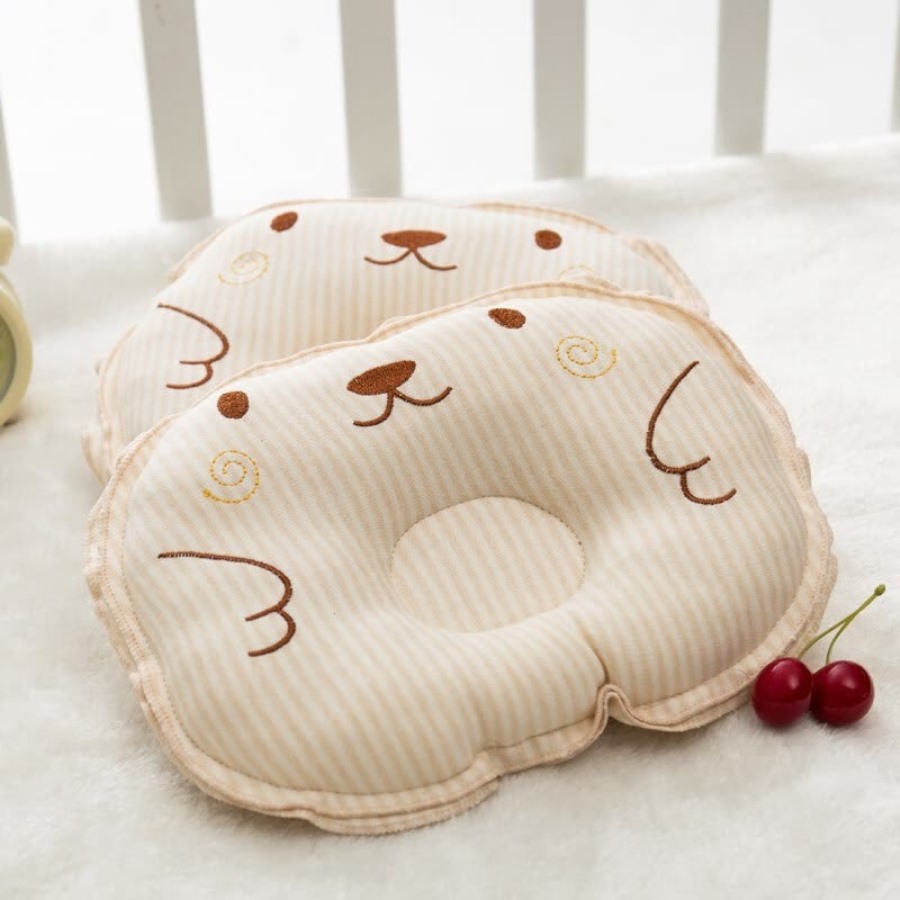
By 6-7 months, the baby becomes more mobile and can sleep as it is convenient for him. An orthopedic pillow is especially important in cases with a lack of calcium in the body, it will avoid a flat nape and the formation of an irregular skull shape.
When choosing a pillow, you should adhere to the same requirements as when choosing a blanket. Only natural, environmentally friendly and reliable materials, and use as a filler:
- buckwheat husk;
- latex;
- polyester.

Never use fluff or wool.
A sweet and healthy baby's sleep largely depends on the correct and individual approach when choosing bedding.
Video: how to sew an envelope blanket for a newborn







